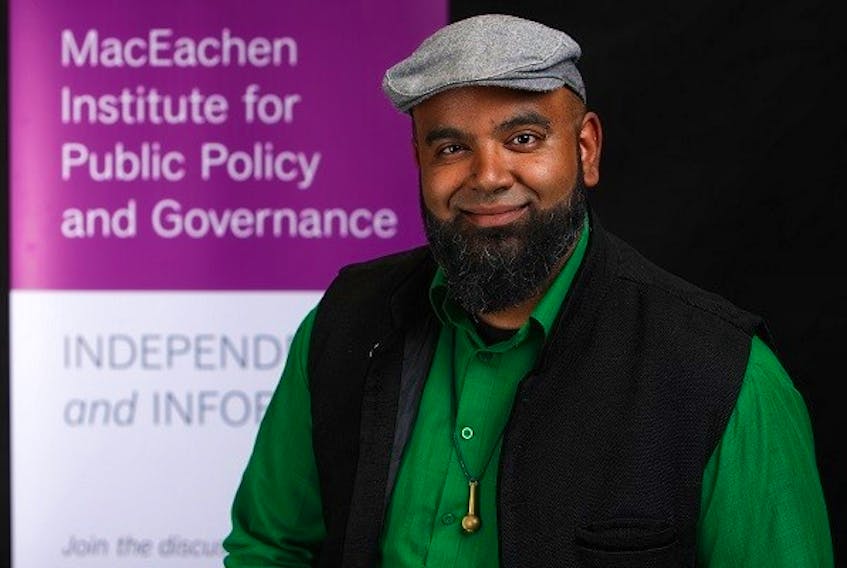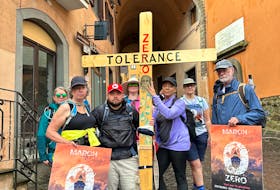A recent report, released by several advocacy groups, shows an alarming number of physical assaults against children and elderly people of Asian descent.
Physical assaults, including spitting and coughing, are the second most common type of attack, followed by verbal harassment, which accounts for 73 per cent of the reports.
“The fact that in the context of a global pandemic, that is, at the time, so poorly understood that people would spit and cough on people implies a violent intent that goes much deeper than just like trying to be rude -- that is trying to infect somebody with a disease,” said Ajay Parasram, a professor at Dalhousie University in the department of international development studies, in an interview.
The report suggests that children and adolescents (42 per cent), and seniors (57 per cent) were much more likely to report being physically assaulted. Particularly, they are more likely
to report being coughed at and spat on than those who are young adults.
“It demonstrates the profound cowardice that's encapsulated in this,” he said.
The report draws from more than 1,150 cases of racist attacks that were self-reported through online platforms such as Fight COVID Racism and Elimin8hate.
The platform is available for people who not only experienced racist attacks but also for people who witnessed the violence.
“I thought the methodology was super reasonable, in light of what they were trying to accomplish, and it's very illuminating,” he said.
Parasram said asking people to come forward with traumatizing racial violence is ethically challenging and the methodology of the report has handled the challenge really well.
“You can't really do anything more than what they did in terms of creating a website and say you can voluntarily report this,” he said.
The majority of the cases were reported from Ontario (40 per cent) and British Columbia (44 per cent). Nova Scotia accounts for 0.15 per cent of the total number.
However, experts said this does not mean the province has less racism. In fact, the low number of reported cases might suggest a lack of systemic support for people to speak out or a general fear of being a relatively new member of society.

Judy Haiven is a retired professor and one of the founders of Equity Watch, a Halifax-based advocacy group that focuses on workplace bullying, harassment, and discrimination.
“In order for us to have a good look at numbers, people have to be willing to report and people have to be organized for that,” said Haiven in an interview.
Haiven said the local human rights organization, Nova Scotia Human Rights Commission (NSHRC), and the police don’t have a well-established platform for people to report racist incidents.
“But the problem is that they (NSHRC) are not proactive. Instead, they wait for a complaint,” she said.
Haiven said there’s a lack of accountability among the stakeholders and everything is like “passing the buck.”
NSHRC didn’t respond to an interview request but said in a written statement that the commission strongly condemns any form of discrimination against members of the Asian community, or any other.
“Anyone who feels they have experienced discrimination is encouraged to contact the commission directly,” said Jeff Overmars, manager of communications at NSHRC, in an email.
Professor Ajay Parasram said being a relatively new minority group could also be one of the constraints that refrain Asian Canadians in Nova Scotia from speaking out.
“I think as a relatively new person in Canada, when you come as an immigrant or as a student, you don't immediately feel entitled to the public space the way other people do,” he said.









